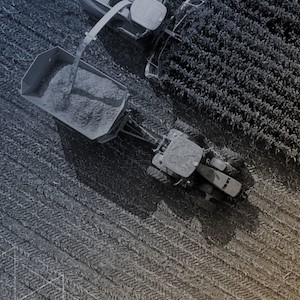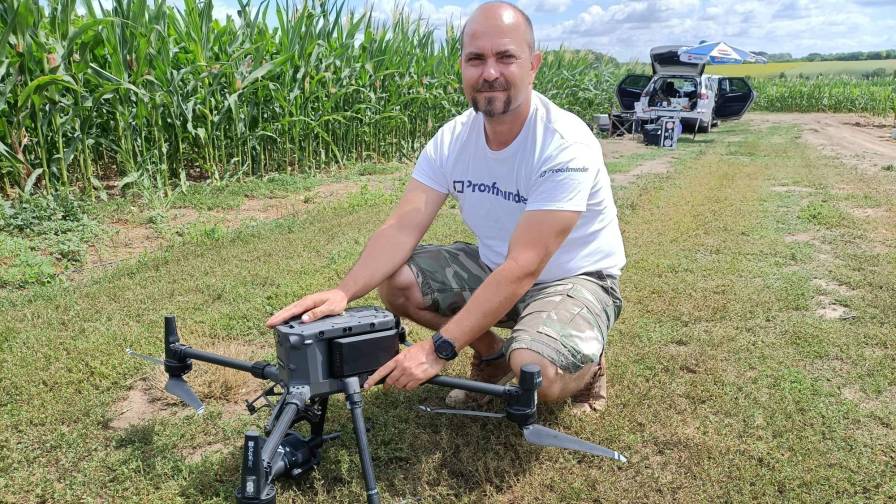AquaSpy Releases Industry’s First Yield Correlated Study Comparing Thousands of Growing Fields
A new AquaSpy study is the agricultural industry’s first using yield correlated data to compare multiple variables across thousands of growing fields and different crop types. Study results reveal the relationship between optimum soil moisture, salinity, temperature, and crop health throughout the growing season. The findings reveal new insights into how to better manage the timing of farm inputs throughout the growing season for a number of different crop types including soybeans, corn, cotton, potato, sorghum and alfalfa.
“There has never been a study on a scale like this,” states Peter Ellegaard, AquaSpy CTO. “We are first in the world to look at thousands of fields with data normalized to compare one field to another.”
Why the AquaSpy study is different
There are several unique aspects to the AquaSpy yield correlation study. First, this study is based on yield responses that close the loop to prove efficacy. Growers provided relative yield results over thousands of different fields over a two-year period.
The second difference is that AquaSpy uses a layer-by-layer approach to look below the ground at the soil and the crop’s active and inactive root zones. This vertical approach to monitoring crop nutrient demand and health throughout the growing season differs from horizontal methods of only observing the soil surface using drones, satellite, or single sensors, providing a view more in tune with actual root activity and specific crop needs at each and every growth stage throughout every day.
Data collected are relative measures which make it easier to normalize the data for true and accurate insights. AquaSpy intelligent technology delivers a picture of relative soil moisture and grower yield data results were reported in relative terms. All collection of the data is gathered and reported autonomously with no human intervention so it is scientifically pure. AgSpy intelligent algorithm analyzes and records relative inputs and crop consumption throughout the season, allowing AquaSpy data scientists to easily normalize the data for all the fields to Growing Degree Units (GDU’s). This aligns data for clearer analysis of trends.
Benefits of vertical insights into crops root zones
Having root-specific data literally avoids “spray and pray” – watering the field and hoping something good happens which leaves money on the table. AquaSpy takes this “horizontal” approach (spraying across the field) that assumes that since the soil is moist that it’s benefiting the roots, and flips that on its head with a vertical layer-by-layer approach looking deep into the crop root zone to a depth of up to 48 inches with sensors placed every 4 inches. Using this vertical approach of looking at each crop’s roots, a grower can gain up to 40% more yield in addition to conserving valuable water and costly nutrients. As this new study proves, the vertical approach lets the grower better control the timing and volume of irrigation as well as nutrients which leads to better crop health, consistency and yield.
How it differs from traditional university studies
This approach differs from traditional university studies where they can only deal with one variable at a time or use volumetric water measure. AquaSpy can look at multiple variables throughout the study. Rather than prescriptively anticipating and testing for a result, the plant signals its needs and conditions layer depth by layer depth, letting the data reveal the results.









